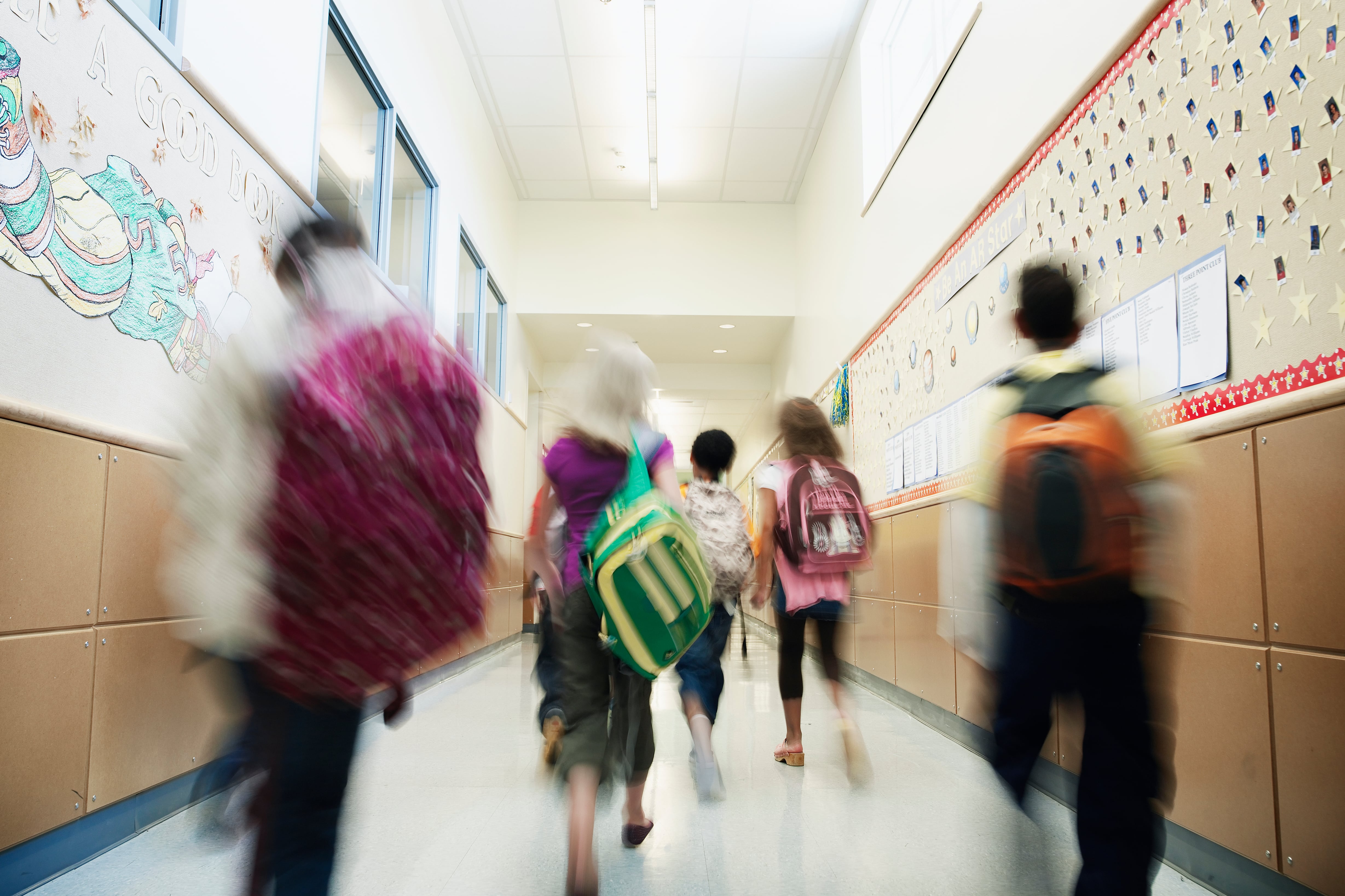Some of the country’s leading education experts recently gathered virtually to discuss a simple but weighty question: Are the gaps in test scores between children from low-income and wealthy families closing?
Then something puzzling happened.
No one could answer the question. Or, more precisely, no one could agree on the answer. One researcher claimed the gap was growing, another said it was shrinking, and a third argued that it hadn’t changed much in decades.
In other words, the answer depends on which data you rely on and which study you trust. It’s a remarkable level of confusion, given that a desire to close that gap has long driven education policy debates — and it is particularly jarring now, amid growing worries about the pandemic’s effect on the academic trajectories of low-income students.
“We just don’t have the data that we might like to answer the question in a really direct way,” said Dan Goldhaber of the University of Washington. “This is a much harder issue to tackle than one might think.”
“What’s at stake is basically understanding the legacy of 30 years of education reform,” said Tom Kane, a Harvard researcher. “It’s just mind-blowing that it’s 2020 and there’s not a consensus on whether ‘achievement gaps’ have narrowed or not.”
This debate kicked off nearly a decade ago with a study by Sean Reardon, a prominent Stanford education researcher. Using data from a number of different tests, he compared students born in the early 2000s to those born decades earlier. His conclusion was bleak: the difference between students from the highest- and lowest-income families had jumped 30 to 40 percent.
Reardon summarized the findings in a 2013 New York Times article titled “No Rich Child Left Behind.” One potential culprit, in his view, was rising income inequality paired with the tendency of rich families to spend an increasingly large share of their income on enrichment activities like tutoring or summer camps for their kids.
Reardon’s widely publicized conclusion quickly became conventional wisdom in some circles.
More recently, Eric Hanushek of the Hoover Institution, a conservative think tank based at Stanford, tried to answer the question by looking at data from different tests. He and his colleagues found that test score disparities had declined modestly in math and held steady in reading over several decades.
“The achievement gap between haves and have-nots in the U.S. remains as large as it was in 1966,” they wrote. “That gap has not widened, as some have suggested. But neither has it closed.”
The most optimistic perspective comes from Kane. In a paper published earlier this year, he and colleagues found that income-based test score gaps had declined substantially in fourth and eighth grade math, as well as fourth grade reading.
“We’ve all heard the narrative that achievement is not improving and the gaps are widening, despite three decades of education reform,” Kane said last week. “Collectively, we may have the history of the last 30 years all wrong. Think about that.”
During the event, Reardon presented a new analysis that critiques Kane’s and Hanushek’s work, though it hasn’t been published yet.
So how can some of the country’s top researchers disagree on what seems like such a basic question?
The primary reason is that it’s hard to precisely pair students’ scores with their family income or wealth and to track that over time.
When children sit for exams, they often answer basic demographic questions about things like race and gender. But few kids know their families’ annual income, and other metrics — like eligibility for subsidized meals or how many books a child says they have in their home — are imprecise or indirect. Trends also vary based on the tests you use or the age of the students you look at.
On the panel, the researchers went back and forth on some of the deep-in-the-weeds issues, reaching no firm conclusion about which approach was most accurate.
“They all make certain assumptions. It’s very hard, therefore, to say that one’s clearly right and one’s clearly wrong,” said Harvard’s Marty West, who moderated the discussion.
But figuring out the answer is crucial for understanding the current state of opportunity and learning gaps in America. It also has political implications: for instance, Education Secretary Betsy DeVos seized on Hanushek’s paper when it was released last year.
“A recent study,” she said, “confirms that 50 years of spending more money on ‘the system’ — including over a trillion dollars from federal taxpayers — has not improved student achievement, especially for the most vulnerable among us.”
In fact, though, none of the analyses on their own can say what is closing or exacerbating those learning gaps, be it certain education policies or factors outside of schools.
What is more clear is that test score gaps by race, which are easier to measure, have declined over decades, though they remain quite large and haven’t budged in more recent years. On the other hand, gaps in college graduation based on students’ family income and wealth seem to be growing.
Where researchers agree is on the importance of getting closer to answers about the gaps between affluent and less-affluent students.
“It’s important because it tells us something big about the opportunity structure of America,” said Reardon.
“As a field,” Kane said, “we absolutely need to sort this out.”






